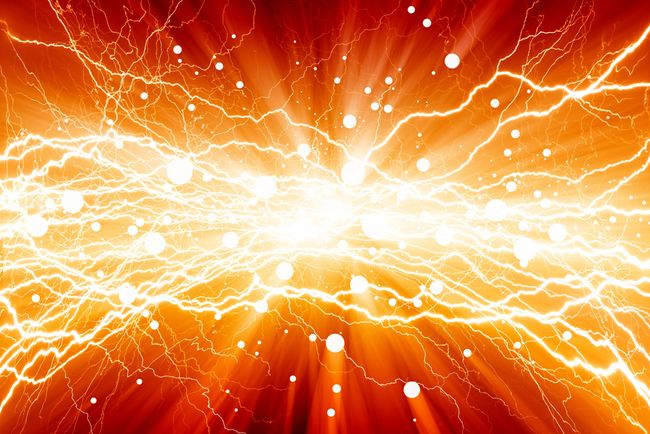The Flow of Electricity Resembling Water in ‘Strange Metals’ Baffles Physicists without a Clear Explanation.
An unusual occurrence, where electricity behaves akin to water, has been observed in a nanowire composed of “strange metal” — an enigmatic metallic phase that has puzzled physicists for four decades.

Scientists have detected a peculiar occurrence where electricity behaves like a fluid within nano-sized wires made from an unusual class of material known as “strange metals.” This discovery challenges fundamental assumptions about the behavior of metals, as the experiment reveals that electricity no longer follows the typical pattern of moving in clumps of electrons. The study, published in the journal Science on Nov. 23, suggests that if these observations are accurate, they may not only provide insights into the perplexing nature of strange metals—baffling physicists for nearly four decades—but could also prompt a reevaluation of our understanding of how electrical charge can be carried.
“Strange metals” are a category of quantum materials exhibiting peculiar characteristics. These materials defy conventional rules of electrical resistance found in regular metals, and some can even transition into superconductors at relatively high temperatures, enabling the transport of electrical current without resistance.
Traditionally, in regular metals, electrical resistivity increases with the square of temperature before plateauing at high temperatures. This behavior aligns with the idea that increased vibrations of atoms within the metal disrupt the flow of charge-carrying electrons. However, strange metals, particularly cuprates discovered in 1986, exhibited a linear increase in resistance with temperature and transformed into superconductors at extremely low temperatures, deviating from the expected behavior.
Before the discovery of strange metals, physicists conceptualized traditional metals as composed of a Fermi “sea” of mostly individual electrons carrying a current one by one. This understanding, pioneered by physicist Lev Landau in 1956, involved electrons clumping together due to the principles of quantum entanglement as they flowed in the form of a current. However, the unusual linear rise of resistance in strange metals remained unexplained.
To investigate this anomaly, researchers created minuscule nanowires from a precise blend of strange metals, cooled them to temperatures just above absolute zero, and passed brief bursts of current through them. The experiment measured fluctuations in the flow of electrons using shot noise, a phenomenon resulting from the random quantum mechanical processes governing electrons.
Surprisingly, the current in the nanowires did not arrive in discrete clumps, as predicted by Landau’s theory of clumped quasiparticles. Instead, it manifested as a continuous hiss, suggesting that the electricity flow was out of sync with the expected behavior of charge carriers.
The researchers propose that by exploring this phenomenon in other strange metals, they may identify a common “organizing principle” behind this unconventional material phase, offering crucial insights into the mechanisms driving superconductivity in strange metals.
This article is republished from LiveScience under a Creative Commons license. Read the original article.
Do not forget to share your opinion with us to provide you with the best posts !



0 Comments